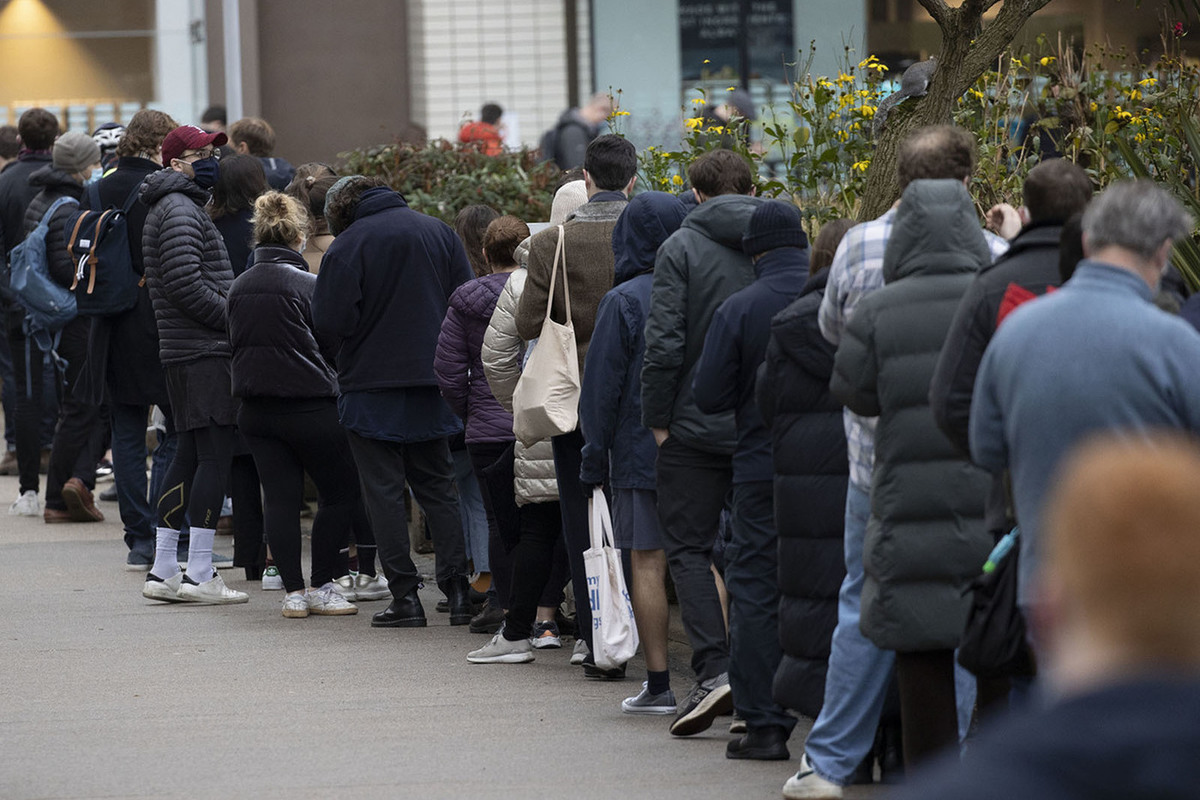There is a medical crisis in the UK: treatment in the corridors and a shortage of beds
[ad_1]

Britain’s National Health Service faces a new winter crisis, with the chief medical officer warning of long ambulance queues outside hospitals and patients being treated in corridors. It is noted that the medical disaster of 2022 may repeat. Experts also predict that the number of flu cases will rise sharply in the coming weeks, and suggest that the number of Covid-19 cases will also jump with the emergence of a new, worrisome variant strain.
Royal College of Emergency Medicine president Dr Adrian Boyle says people visiting hospital in winter 2023-24 could see scenes similar to last year, when there were long queues outside the A&E department.
The head of one of Britain’s most influential medical associations said indicators such as the length of time patients remain waiting for emergency care, ambulance response times, the number of new beds and occupancy rates are “far from where they had hoped”.
Britain’s Daily Mail reported that a dozen hospital trusts have declared critical incidents in the past two months, with looming threats of flu, Covid-19 and industrial action potentially making the situation worse.
Recall that in 2022, Rishi Sunak promised to “fix bottlenecks” in emergency departments and reduce waiting times by introducing 5,000 new beds. But to the Observer, Dr Boyle said the Prime Minister’s Government was “clearly not achieving what they set out to do”.
“And the consequence of this is that we will see the same scenes with ambulances waiting outside the departments,” he said. “If you are inside the emergency department, you will see people receiving care in the hallways. Last year was terrible and this year is only marginally better, we are nowhere near where we need to be and nowhere near where we hoped to be.”
One of the goals set in January 2023 was that by March 2024, 76 percent of patients would be admitted, transferred or discharged within four hours of arriving in the emergency department. Figures show that as of November 2023, the figure was 30 percent.
One Department of Health director said that in November, about 1,400 people were waiting 12 hours or more for care, something almost unheard of a decade ago, and said the problem was discharging those already in hospital.
Health Foundation assistant director Tim Gardner told the Observer that “on average every day about 13,000 hospital beds are occupied by patients who no longer require emergency care.”
The British Medical Association said the government had failed to deliver on its promise to bring new beds into service.
A Department of Health and Social Care spokesman told UK publications that they are working to “get 800 new ambulances on the road, and we recently committed £800 million to support NHS capacity and help patients get the care they need as quickly as possible.” faster this winter.”
There are fewer hospital beds than ten years ago. This means that doctors are forced to “warehouse” patients in the corridors of the emergency department.
Health chiefs fear strikes by junior doctors over Christmas and New Year will only worsen the crisis. Junior doctors in England have voted to go on further strikes after talks between the government and the British Medical Association collapsed, according to British publications.
National Health Service (NHS) Providers policy and strategy director Miriam Deakin told MailOnline: “Our recent survey of NHS leaders found that 80 per cent of them expect this winter to be worse than last year. Hospitals, mental health services, community organizations and ambulance services are doing everything they can to treat patients as quickly and safely as possible during the winter. But it is vital that the government and unions return to the negotiating table and do everything possible to resolve these strikes.”
[ad_2]
Source link








